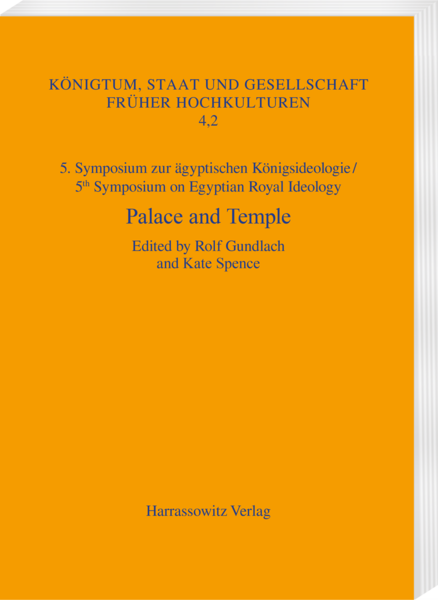First paragraph
This paper examines the relationship between the conceptions of “divine kings” and “royal gods” in Egypt on the basis of some of the rituals that are associated with both. Individual scenes relating to the ceremonies of accession and/or coronation in Egypt appear on most surviving temple walls and may even ornament surfaces that appear at first sight secondary in religious or political importance, such as items of jewellery. Here one may think of the scenes that show the king having his crown bestowed, or confirmed, by Amun, or of Thoth or Seshat recording the divine titulary and years of the reign on the leaves of the Ished-tree. Yet, there is relatively little evidence for the actual rituals surrounding these events. Scholars generally agree that they must have been evocative of the ceremonies marking the renewal of the kingship, such as the Sed-festival, the Confirmation of Royal Power on the occasion of the New Year, and the merging with the royal Ka in the context of the Opet festival. It is further assumed that, in the course of these, the king, or incumbent to the throne, underwent a transformation that made him into a “divinized being” in the widest sense. However, various steps in the Daily Cultic Ritual, performed in the temples of gods on the divine statues housed there, evoke episodes of these royal rituals - most conspicuously in the bestowal of crowns. This raises questions about the nature of divinity and royalty in Egypt, and of their interrelations, since – one might argue – a god does not need to be “divinized”. A slightly different angle is hence appropriate.
Publication Type
- Article



